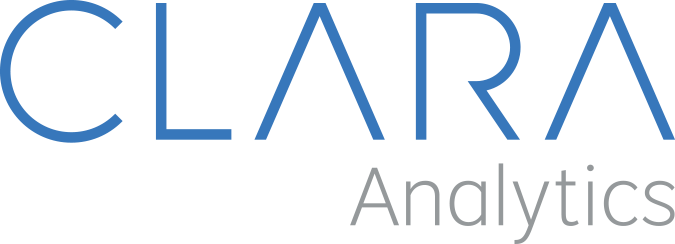You’ve written $1 billion in net written premium, what’s next?
Part 1: Your competitors are embracing modern systems and gaining a competitive advantage.
By Robin Spalding
In 2023, AM Best researched, ranked and then published their listing of the Top 100 U.S. Property & Casualty Insurance Companies. This list was based on net written premium (NWP).In 2023, AM Best researched, ranked and then published their listing of the Top 100 U.S. Property & Casualty Insurance Companies. This list was based on net written premium (NWP).
The No.1 ranked carrier wrote $92,601,714,000 in business during 2023. The No. 100 ranked carrier wrote $905,800,000 during the same period. Forty carriers wrote $2 billion or less in NWP. To break this statistic down further, it is interesting to note that 31 carriers wrote between $1 billion and $2 billion in NWP. Nine carriers were just below $1 billion in NWP.
Once your company crosses the $1 billion threshold in annual NWP, more regulatory agencies, state departments of insurance, and company shareholders start paying closer attention to your company, your data, and your regulatory and financial reports. The fiduciary obligations become more stressful as your NWP grows.
Before your company crosses the $1 billion NWP threshold, the time is now to ask yourself: Do we have technical debt we need to retire? Do we have a data strategy? Do we have a comprehensive AI strategy, and what are our hard ROIs from our planned initiatives?
This article is the first of two that will explore these questions. Let us start with the topic of technical debt. Technical debt is defined as continuously deferring the upgrade or replacement of older technology. Technical debt keeps accruing until it is fully addressed. Delaying the fix for technical debt leads to more complex and costly migrations in the future.
The expenses associated with upkeeping legacy systems, including maintenance, regulatory changes, and security updates/patches, are financially draining for businesses. Often legacy systems are being used for processes that these systems were not designed to perform.
Data fields are repurposed, and data validation rules are rare. A suggested first step is to research and analyze how much of your annual IT budget goes toward technical debt. Some carriers have seen as much as 70% of their IT budget going to technical debt. This kind of technical debt is not sustainable, especially with growth in your NWP.
Your competitors are embracing modern systems and are gaining a competitive advantage. If you are burdened by too much technical debt you will fall further behind in the race to gain NWP. The longer a company waits to upgrade their core systems, the harder and more expensive the transition becomes.
For many carriers with $1 billion in NWP, the time is now to modernize the core platforms. Celent’s 2024 Property/Casualty CIO Priorities and Pressures survey reported that 36% of the survey respondents were currently replacing their core claim system, and another 21% said they had recently replaced their system.
When contemplating modernizing core platforms, organizations face two critical considerations before implementation. First, they must assess their readiness to embrace the new core platform and its available out-of-the-box functionality rather than having insurance professionals attempt to recreate legacy systems and outdated functionality in the new system.
Change management, often overlooked or discounted during system implementations, proves crucial to success. Industry insiders joke that change management is typically the first line item cut from a project’s budget. Another common quip suggests that implementing a new core platform merely “paves over the existing cow path.” Organizations should take change management seriously to avoid these pitfalls.
The second consideration centers on data strategy. When implementing a core platform, organizations need to thoroughly evaluate legacy system data for quality, volume, dependencies and formats. They should define specific, measurable goals for data migration that align with broader business objectives and map how data will transfer from the old system to the new one while maintaining data integrity.
Organizations must identify potential regulatory and statutory reporting risks and develop mitigation strategies. Comprehensive testing should occur before, during and after migration to ensure data accuracy and system functionality. Finally, organizations should conduct thorough post-migration reviews to ensure data quality and also provide ongoing support and training to users.
P&C carriers are fiduciary agents who are experiencing ongoing growth in NWP. It is critical that carriers mitigate the existing risks with legacy systems and their data to stay competitive. Addressing technical debt and having a data strategy are the key first steps in mitigating these risks.
As first seen in PropertyCasualty360




